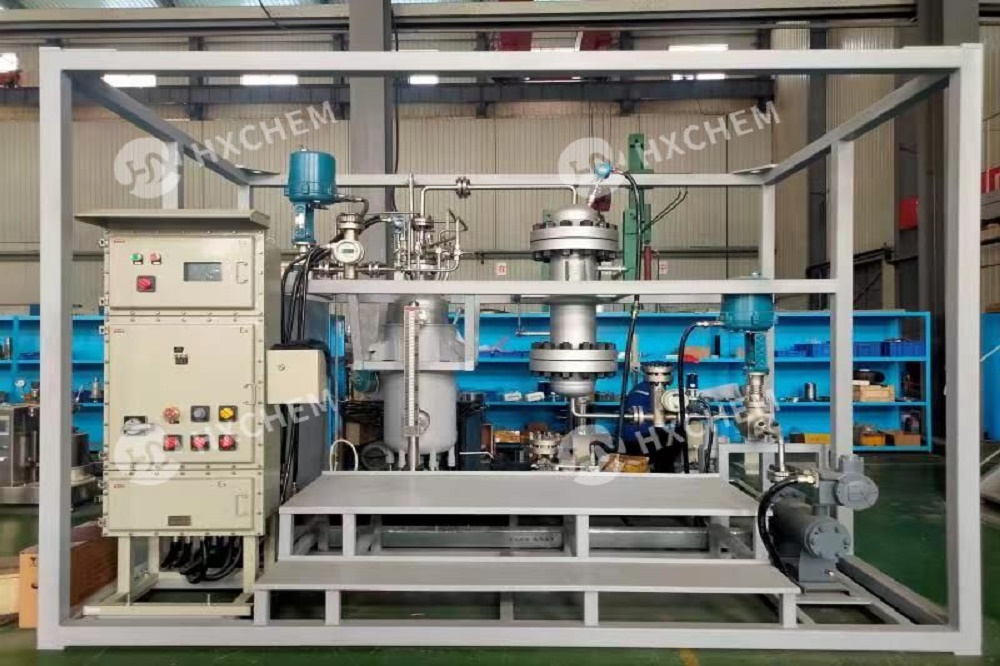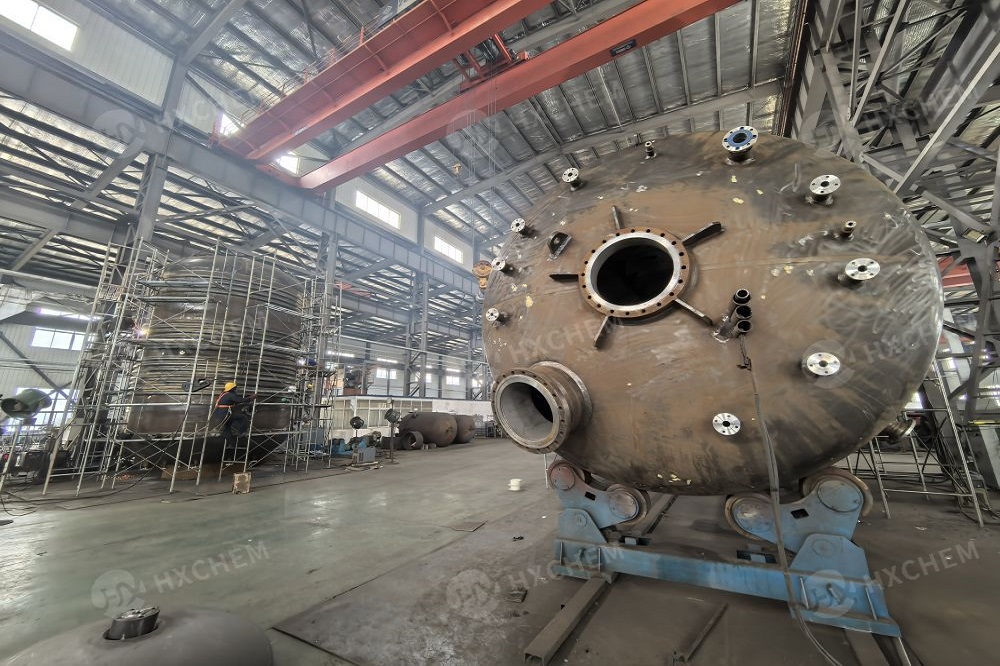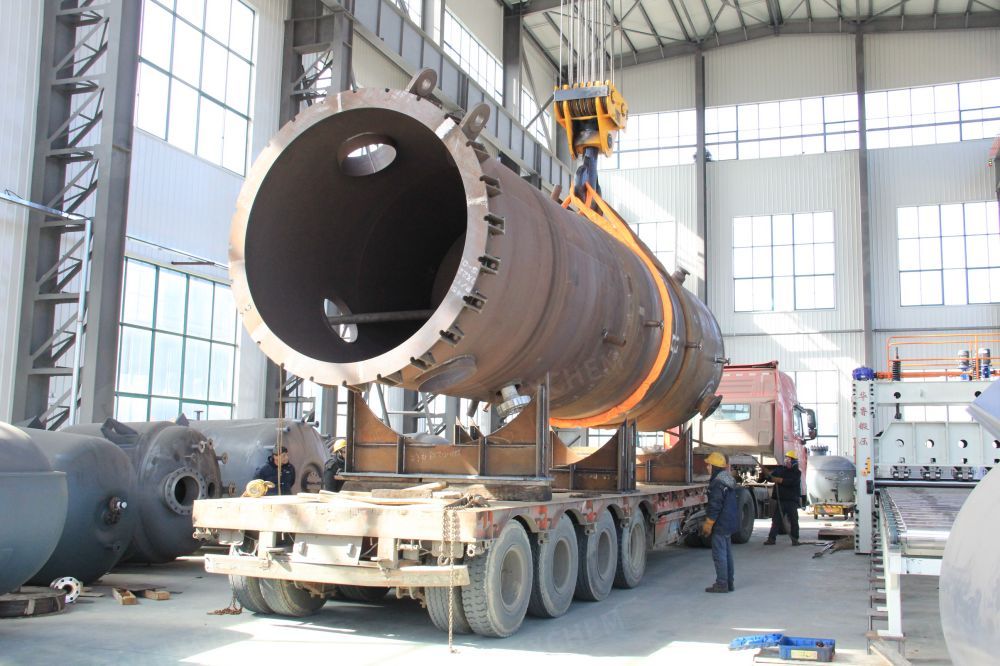The introduction of hydrogenation reactor
2024-07-24
The introduction of hydrogenation reactor
The catalyst hydrogenation reactor reaction usually involves a three-phase slurry- the liquid oil,the solid catalyst in slurry phase and the hydrogen bubbles as the gas phase. Asthere are a number of phase boundaries the mass transfer, and especially thehydrogen dispersion, is a very important factor. The mixing system that isemployed in the reactor influences the mass transfer coefficient of the gas-liquidtransfer greatly.
The types of mixing systems currently in use can be divided into two broad types:
Stirred Vessels
(External) Loop reactors
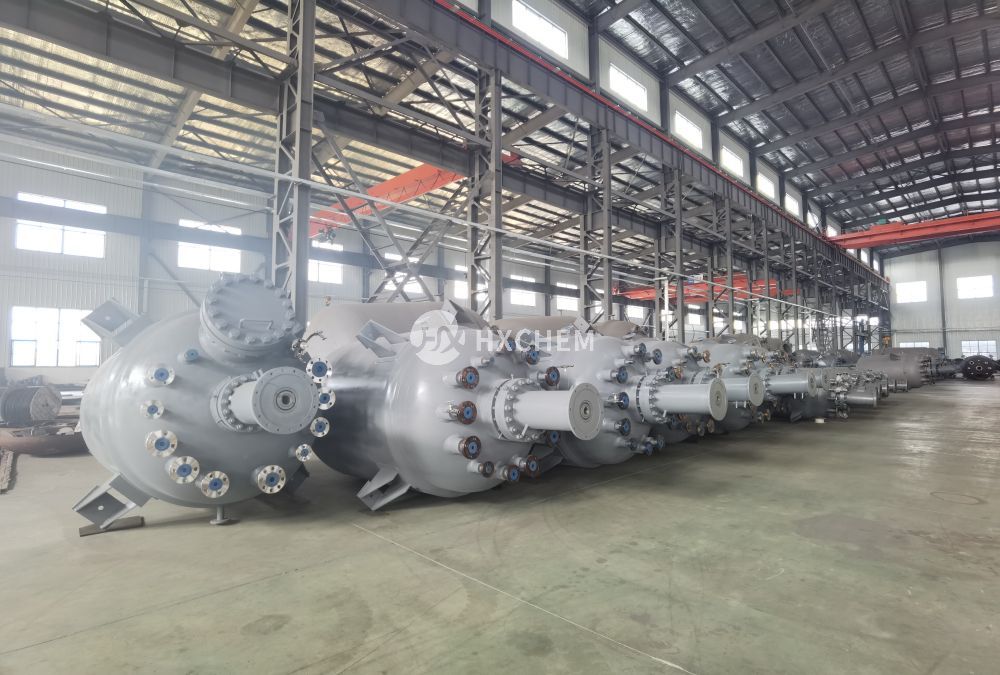
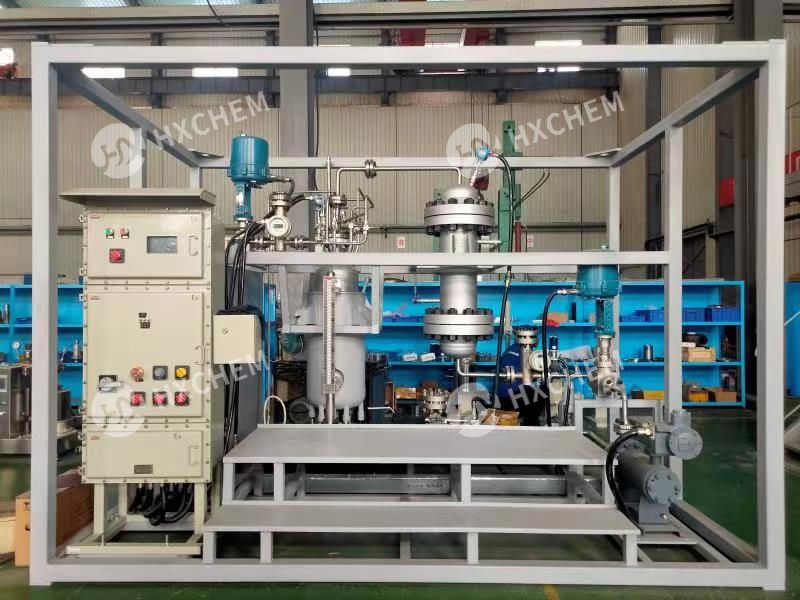
Stirred Vessels
These are usually batch “dead-end" (i.e. no external recirculation of hydrogen)reactors.
In the past recirculation reactors were often used where the hydrogen wasrecycled externally from the reactor. This type is no longer widely used.
The main differences between the dead-end stirred reactors are usually withwhat type of impeller is used and how the entrainment of hydrogen from theheadspace is enhanced.
The main types can be categorized as follows:
Flat blade turbine impeller (Rushton):
This is the most common type of impeller in use. lt usually has 6 bladesalthough this number may vary- bolted to a disc on a rotating shaft. lt generatesradial flow patterns. The hydrogen sparger is quite often the ring form just belowthe impeller. This is probably the most common impeller in edible oil reactors(especially older ones) but it is by no means the ideal one for dispersion of thehydrogen in the oil.
CD-6/BT-6 impeller (Chemineer):
This is an improvement on the previous impeller with higher mass transfercoefficients and lower probability of cavitation. There is some information belowon the CD-6 and BT-6 from the Chemineer website.
Axial impeller (Lightnin):
While the previous two impellers have radial mixing patterns, an axial mixingpattern is given by the A315 (downward) and A340 (upward) pumping impellersfrom Lightnin. The manufacturers claim this has better hydrogen induction fromthe headspace and gives better hydrogen dispersion in the bottom half of thereactor.
Hydrogen Transport via Shaft (Ekato):
This technology disperses the hydrogen by sucking it from the head space andpassing it through the shaft. The hydrogen is then dispersed in the liquid againbelow the liquid surface. This technology is suitable for installation in an existingreactor.
Advanced Gas Reactor (Praxair):
This could be considered a type of “loop"reactor, although the hydrogen loop isinside the reactor. A downward pumping helical screw impeller within a “sleeve.tube pulls hydrogen in from the headspace and forces it to the bottom of thereactor from where is recirculates upwards on the other side of the tube. lt givesa high mass transfer rate of hydrogen to oil.
Loop Reactors
These technologies involve the external circulation of unreacted hydrogen and/oroil. The heating/cooling of the oil-catalyst slurry is also done externally.
BUSS Loop Reactor:
The reactor mixes the oil-catalyst slurry and the hydrogen in a high shear regimein a Venturi mixing jet. The oil-catalyst slurry is circulated through an externalheat exchanger and forced through a Venturi mixer at the top of the reactor. Thesuction effect here draws in fresh hydrogen.
This tvype of reactor is advantageous when high pressures, temperatures andreaction rates occur. lt gives a higher mass transfer coefficient and the fact thatthere are no heating coils in the reactor is an advantage.
The disadvantages with this system are the higher capital and operation costs(More energy - 5kW/m _ is used to disperse the hydrogen in the liguid than intraditional stirred vessels where the energy requirement is typically 2 - 3 kW/m°)
Other reactor types: There are also fixed bed continuous and slurry-phase continuous reactor used inthe edible oil industry. However, continuous reactors only really become viablewhen there is a large production of a single product.

